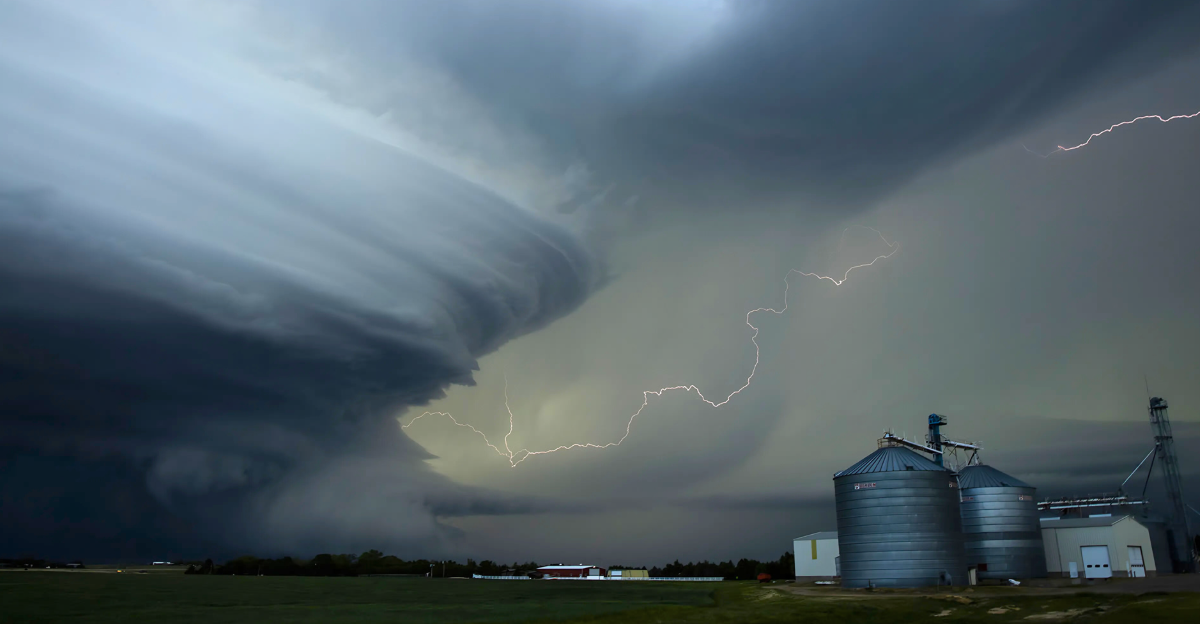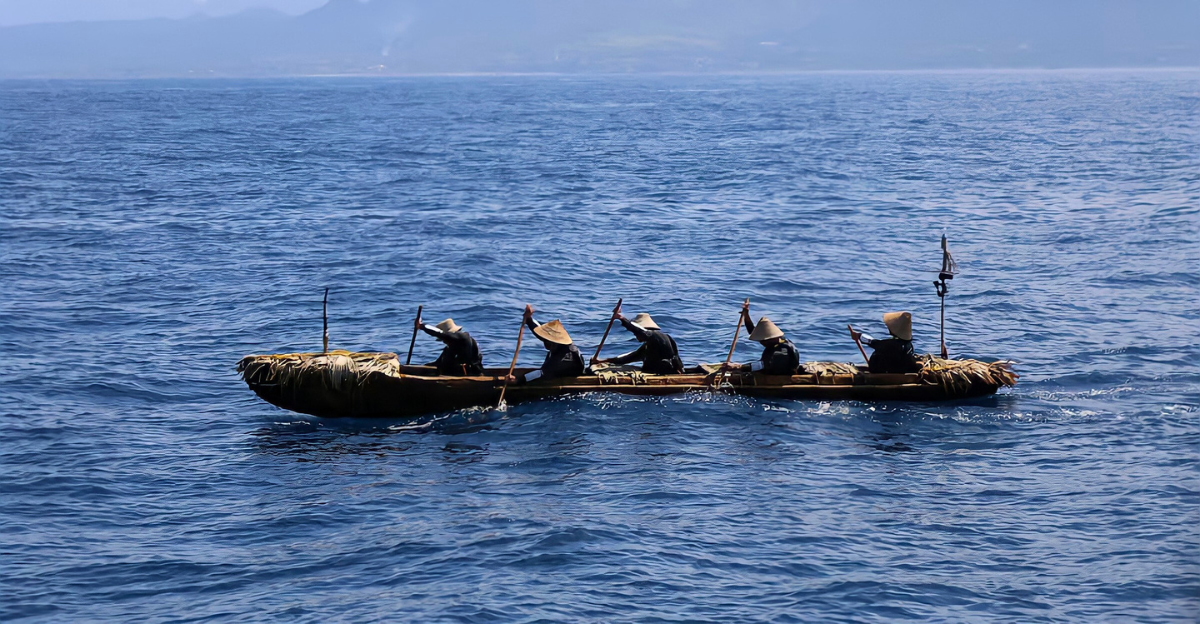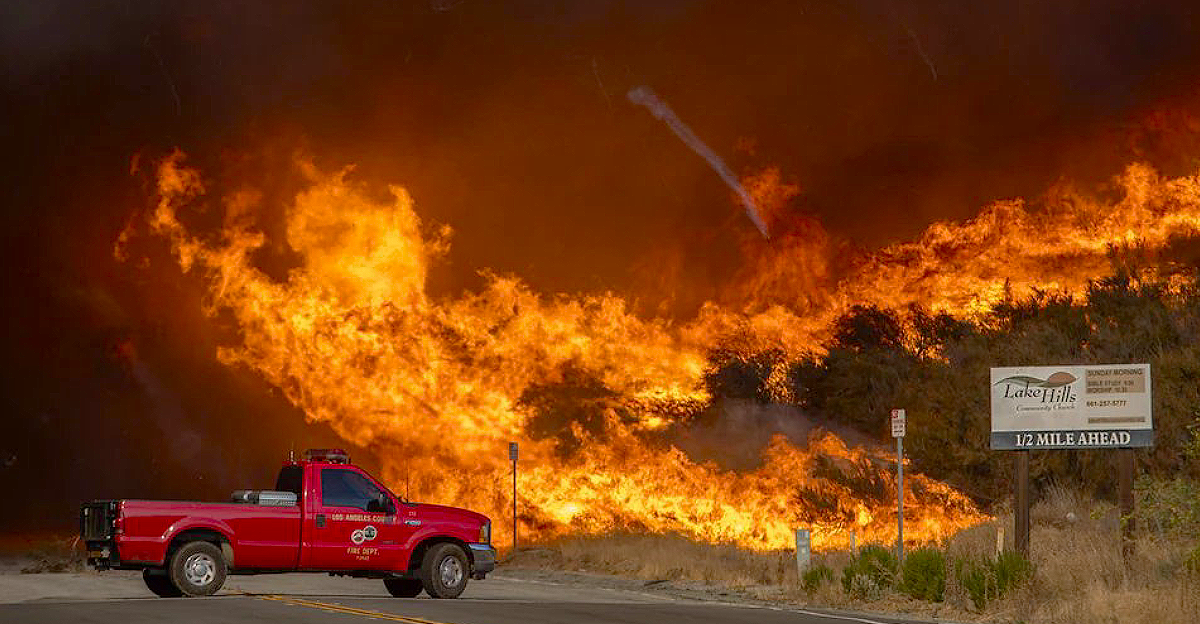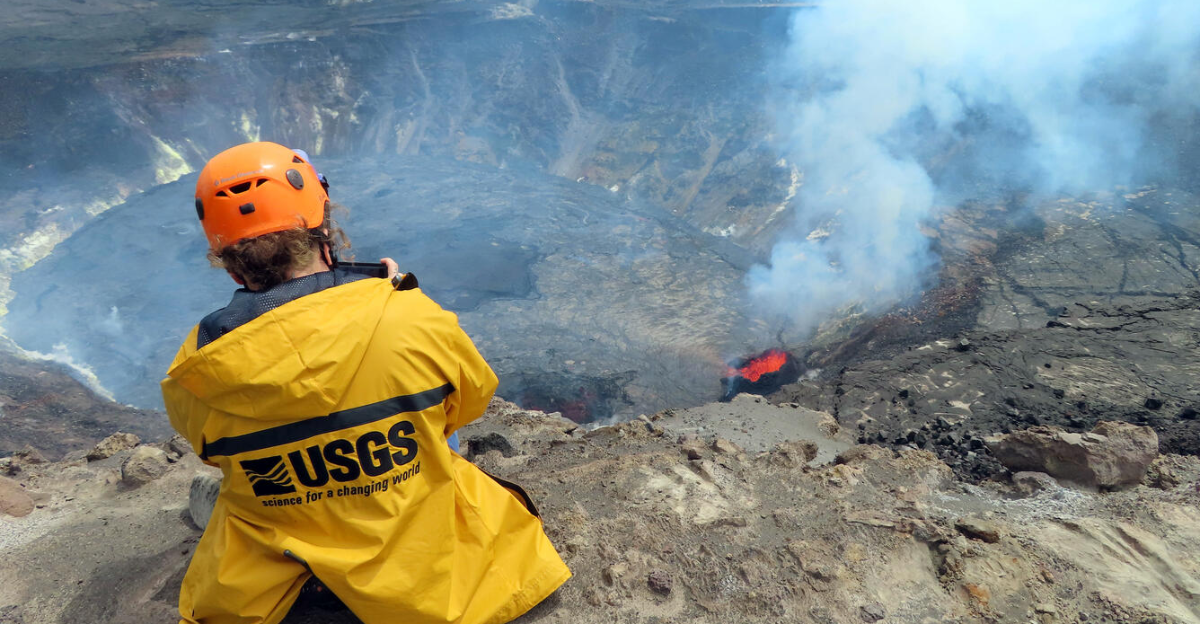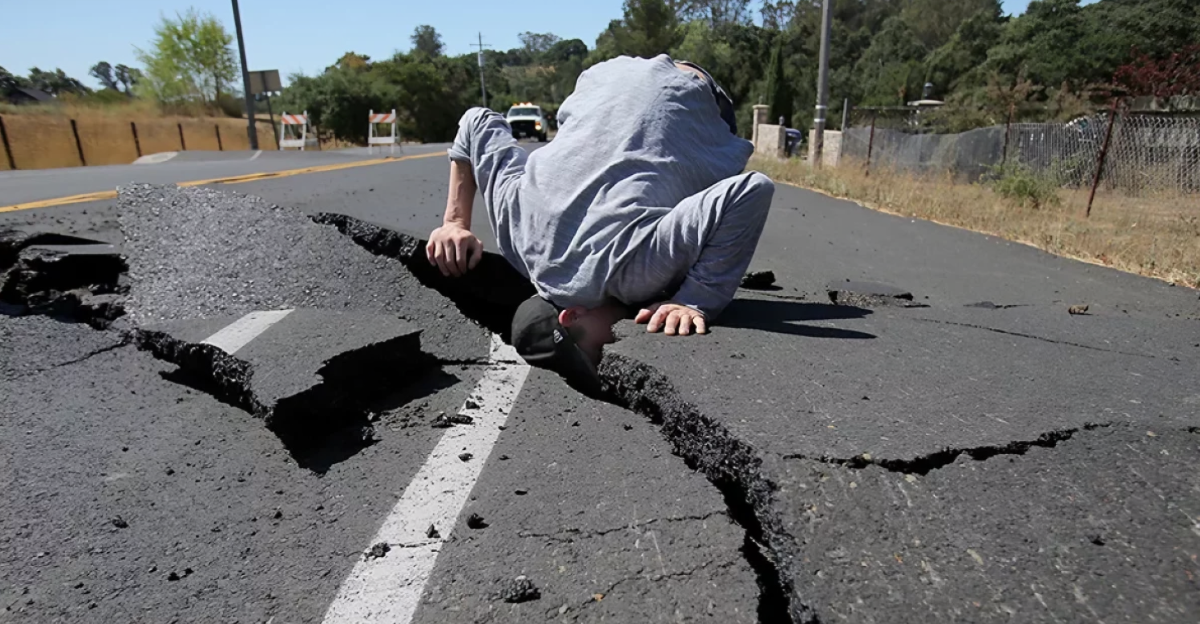
People start worrying when the ground starts shaking, but do these earthquake swarms lead to something more dangerous? These 400 small earthquakes mark the largest seismic activity recorded at the volcano in over fifteen years. The seismic activity on Mount Rainier started on July 8, 2025. It drew intense attention from scientists and the public, as millions living in the Pacific Northwest keep a watchful eye on updates.
Although the vast majority of these quakes have been minor and not felt at the surface, the sheer scale and frequency of the swarm are unusual for the region. Well, enough to keep everyone on their toes and wondering what’s next.
The Mountain in the Middle
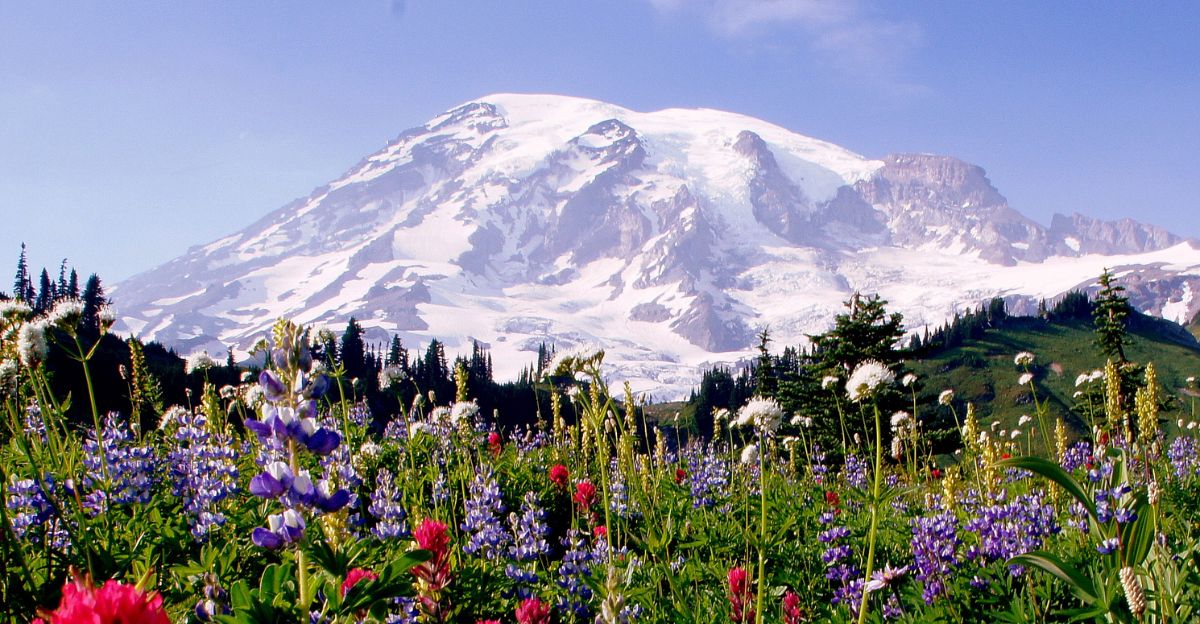
Rising more than 14,410 feet, Mount Rainier dominates the Pacific Northwest landscape and can be seen for thousands of miles. This iconic peak is a classic stratovolcano, formed by hundreds of thousands of years of eruptive activity that layered lava flows, volcanic debris, and ash to create its craggy cone.
What sets Mount Rainier apart is its vast system of over 25 major glaciers, the most extensive single-peak glacial system in the United States. To make this volcano even more intimidating, it sits atop a tectonic subduction zone with ongoing seismic activity.
The Largest Recorded Swarm

Over a week, seismologists recorded at least 540 individual earthquakes, with some reports noting more than 400 located events and likely several hundred more too small to pinpoint with current instruments. At its peak in the early hours of July 8, activity reached 33 identified earthquakes per hour, before gradually slowing as the days passed.
“A swarm like this is an unusual event, and we’ll see how things develop over the course of today and coming days,” said Harold Tobin, the Director of the Pacific Northwest Seismic Network.
The Cause of These Swarms

Scientists have stated that these swarms are most likely caused by fluids moving through preexisting fractures in the crust above the volcano’s magma chamber. This water migration, heated by the underlying volcanic system, can trigger a series of tiny tremors as it circulates and interacts with faults deep beneath the summit. While in some volcanic areas earthquake swarms are connected to the movement of magma, at Mount Rainier, experts emphasize that the current event is driven by fluid circulation rather than eruptive activity.
“Earthquake swarms like this have been attributed to circulation of hydrothermal fluids that are interacting with preexisting faults at shallow levels below the summit of the volcano,” USGS officials said in a notice.
When Did Rainier Last Erupt?

This intimidating volcano last erupted roughly 1,000 years ago, around the year 950–1050 CE. This event was so big that it generated far-reaching mudflows, known as lahars, that impacted surrounding valleys. While eyewitness accounts in the 19th century described explosions at the summit, modern geological studies have found no physical evidence of true eruptive deposits from that period.
These reports are believed to have stemmed from minor steam activity or avalanches rather than volcanic eruptions.
The Official Response
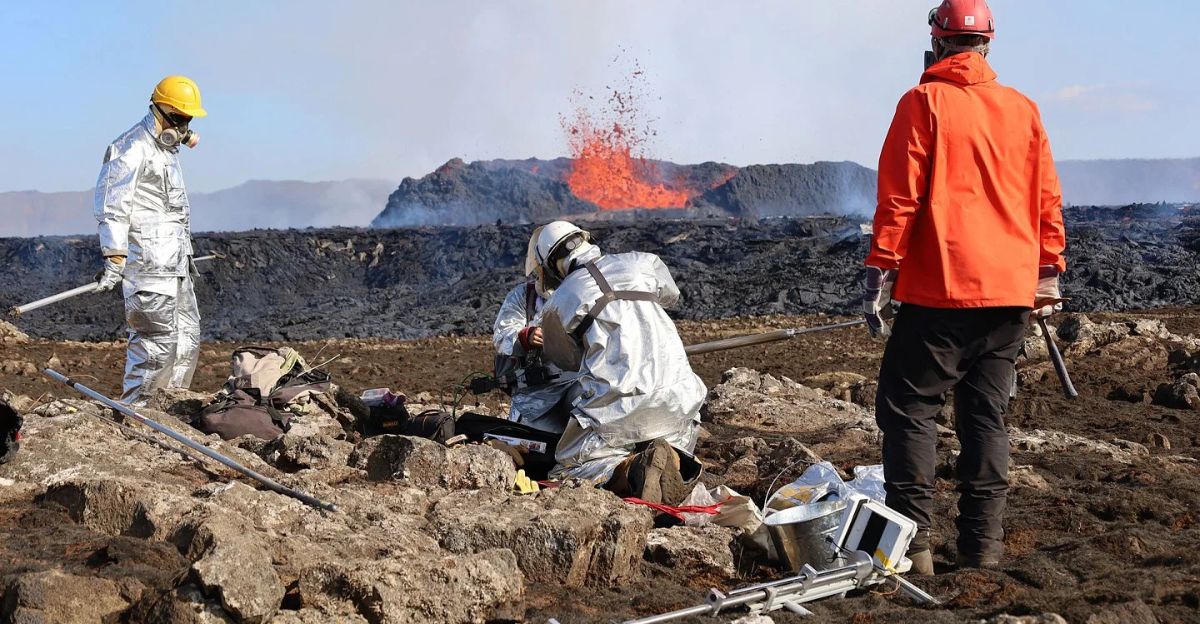
The United States Geological Survey (USGS) and the Mount Rainier Volcano Lahar Warning System teams have maintained that there is no current indication of an impending eruption, categorizing the activity as normal background seismicity associated with hydrothermal fluid movement.
“Currently, there is no indication that the level of earthquake activity is cause for concern, and the alert level and color code for Mount Rainier remain at (Green/Normal),” said the USGS. “Instruments do not show any detectable ground deformation at the volcano, and no anomalous signals have been seen on the infrasound monitoring stations.”
Why Millions Are Keeping a Close Eye
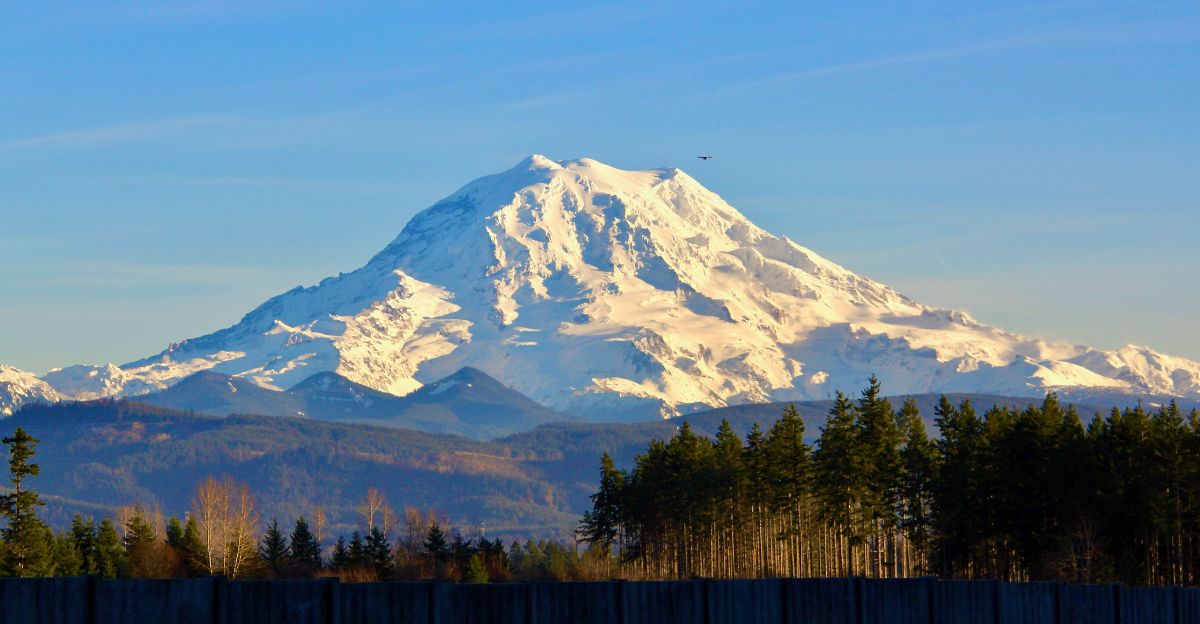
Major population centers lie downstream of the volcano and are home to over 2.5 million residents who live, work, or commute daily within view of its glacier-clad summit. While about 150,000 people are estimated to reside directly atop old lahar deposits and are at the highest immediate risk, key infrastructure, businesses, and critical transport corridors also cross these danger zones.
Mount Rainier is ranked among America’s most dangerous volcanoes, and emergency response agencies conduct regular evacuation drills to help communities prepare for the worst-case scenario.
What If? The Dangers of Lahars and Eruptions

While it may not be the reality of the current swarms, if Mount Rainier were to erupt or even experience a significant landslide, the consequences could be catastrophic for communities downstream. Past lahars have buried entire valleys and reached as far as Puget Sound, traveling up to 50 miles per hour and sometimes measuring more than 100 feet deep in confined canyons.
Residents could have as little as 40 minutes to evacuate, especially along the Puyallup River Valley. The rarity of giant lahars gives residents peace of mind, but the sheer scale of potential devastation has led authorities to invest in early warning systems and frequent evacuation drills.
No Sign of Change – But Eyes Remain on Rainier
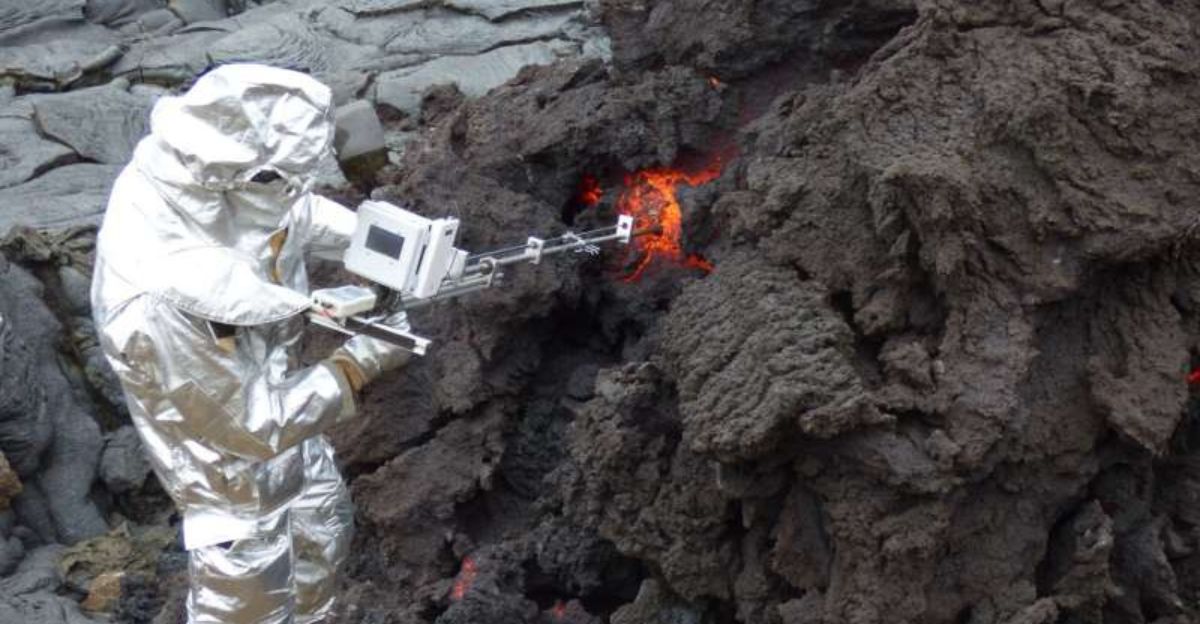
The U.S. Geological Survey (USGS) and the Pacific Northwest Seismic Network maintain constant surveillance using a dense network of seismometers, GPS sensors, infrasound devices, and webcams. As of July 15, 2025, monitoring data show that while the number of quakes surged briefly, event rates have steadily fallen and remain well within typical hydrothermal activity.
“These are active systems,” said Alex Iezzi, a research geophysicist. “So we’re constantly monitoring all the volcanoes in the Cascades.”
What the Future Holds

As Mount Rainier shows how powerful it can truly be, the focus remains on advancing scientific understanding, enhancing safety measures, and strengthening community preparedness. Emergency management agencies work closely with local communities to update evacuation routes, conduct drills, and spread awareness about lahar risks and preparedness steps. Being prepared for anything is the only way to stay positive in the face of an immense danger that could blow at any time.

